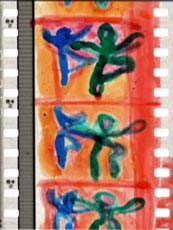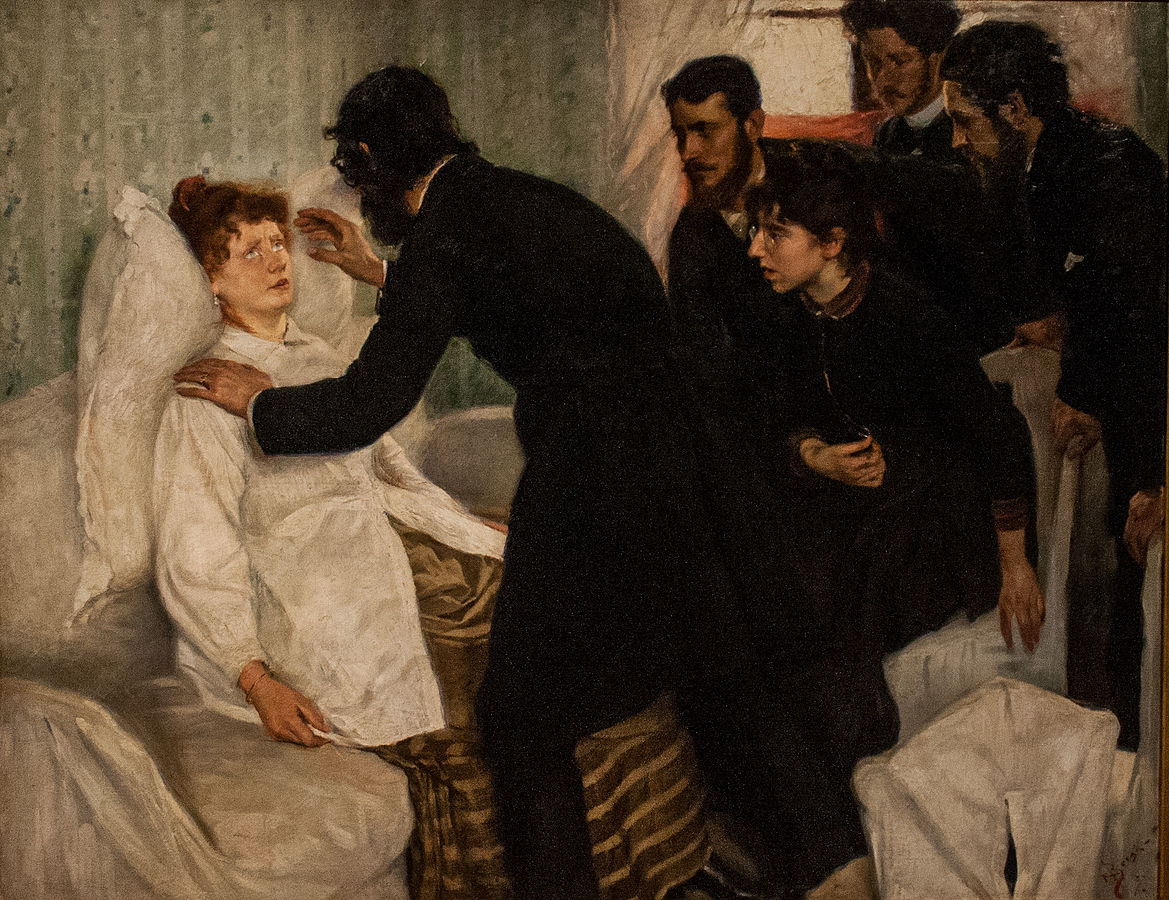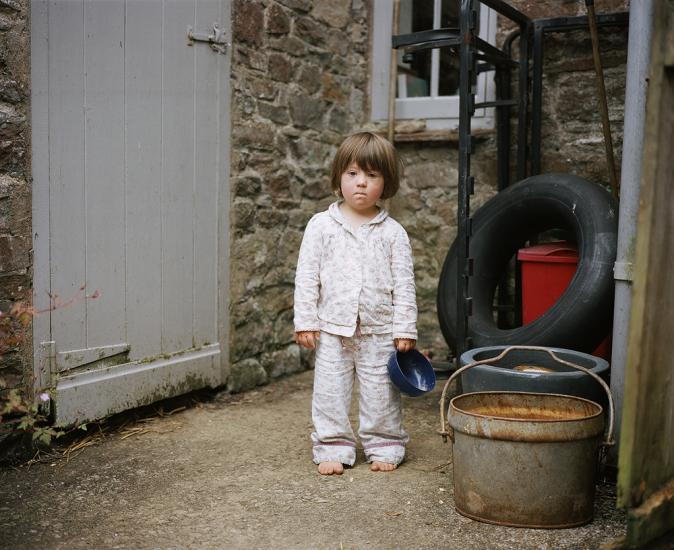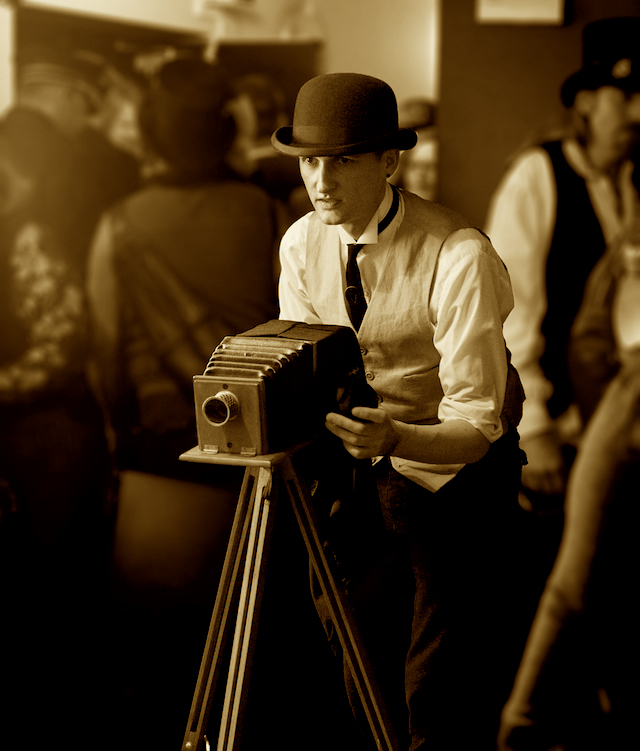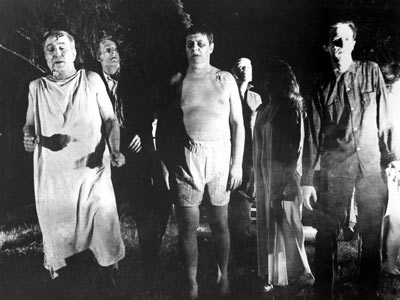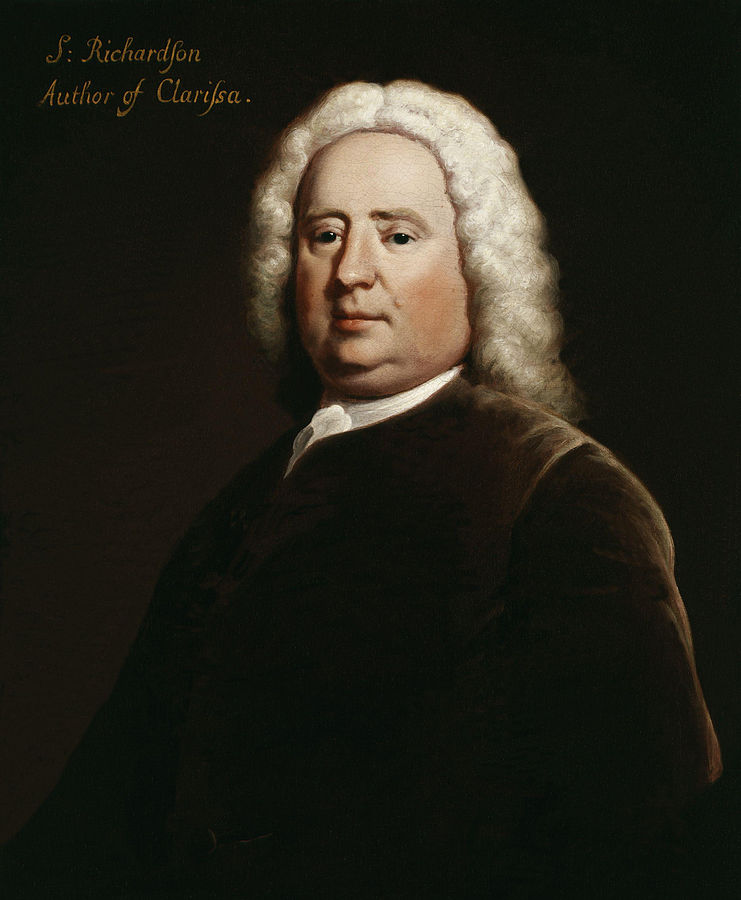BY KAYLA PARKER The Orcadian artist, Margaret Tait (1918-1999), wrote prose and poetry, and made short films, usually shooting on 16mm with her clockwork Bolex camera. In her cinematic work she explored an array of highly experimental techniques, including painting and scratching on the film surface, from the beginning of her filmmaking career in Italy… Continue reading Feature: “The poetic film-making of Margaret Tait”
Category: Feature articles
Short essays about research and being a researcher in the arts and humanities.
Feature: “Who ya gonna call? Spiritualism in Victorian Plymouth & Exeter”
BY JAMES GREGORY Devonport in the early 1870s. A former Baptist minister from Bristol leads meetings in the gas-lit parlour of a tradesman. The audience gather around an ordinary cloth-covered table. But the phenomena that they are there to experience will be decidedly out of the ordinary. Over the next few years, members of various… Continue reading Feature: “Who ya gonna call? Spiritualism in Victorian Plymouth & Exeter”
Feature: “Milton, Woolf and the mad Magnificat”
BY MIN WILD Because what we do as academics is demanding, and coercive in so many ways – ways both good and bad – there is seldom any time for play, or experiment, or sheer foolery. Even when the day-to-day demands of teaching or admin ease, our own research involves restrictions, parameters, duties and certain… Continue reading Feature: “Milton, Woolf and the mad Magnificat”
Feature: “Sian Davey: Looking For Alice”
BY DAVID CHANDLER During the 1980s, as the domestic realm increasingly became one of its primary subjects, photographic art began to add a new critical dimension to what experience had already seared into the core of our collective being: that the models of family life propagated by advertising and the media, were, on almost every… Continue reading Feature: “Sian Davey: Looking For Alice”
Feature: “The Challenge of Connecting Communities”
BY ALAN BUTLER In retrospect, one of the more surprising things that characterised my PhD project was the need to continuously negotiate and renegotiate a variety roles, along with their associated labels. Some of these, I must admit, did not always automatically sit comfortably with me. My thesis, “Performing LGBT Pride in Plymouth, 1950 to 2012,” considered how… Continue reading Feature: “The Challenge of Connecting Communities”
Feature: “Performing the Toxic Body”
BY ROBERTA MOCK While so many of us mourn and remember Prince, who died on 21 April, the global media drips the details of his final days, expressing our collective surprise that his death appears to have been due to an overdose, the consequence of long term addiction to prescription painkillers. Over and over we read… Continue reading Feature: “Performing the Toxic Body”
Feature: “Anachronistic Intervention: Steampunk, Performativity & Participatory Design”
BY SIMON LOCK The term Steampunk emerged in the 1980s as a classification for a branch of fictional literature and film. It imagines a modern world, but with knowledge, skills and materials as they were during the late Victorian era. The “steam” element of the name is due to the preoccupation with steam engines as… Continue reading Feature: “Anachronistic Intervention: Steampunk, Performativity & Participatory Design”
Feature: “The right to a parking space: the spatial state of marginality”
BY SANA MURRANI Have you ever felt that your right to a parking space has been violated when another driver decides to drive the wrong way down a one-way lane and occupies it before you can get there yourself? If yes, then read on. When it happens to me, I feel like doing this – but… Continue reading Feature: “The right to a parking space: the spatial state of marginality”
Feature: “Fear of the Warping Dead”
BY PHIL SMITH In her recent book Forms (2015), Caroline Levine makes a powerful case against using media and literary fictions as direct analogies for political realities. She warns of the dangerous politics, not least a dependence on “acts of exclusion” and a “constitutive outside” that can accrue from such a tendency. Yet, that is… Continue reading Feature: “Fear of the Warping Dead”
Feature: “Rules to (perhaps) live by: Samuel Richardson and 18th century educational writing”
BY BONNIE LATIMER One of the funniest texts of the mid-eighteenth century is Jane Collier’s acerbic An Essay on the Art of Ingeniously Tormenting (1753). Collier sardonically imagines that most people’s true goal in life is ‘to plague all their acquaintance’. She helpfully lays down rules for doing so, encompassing masterpieces of passive aggression—for example,… Continue reading Feature: “Rules to (perhaps) live by: Samuel Richardson and 18th century educational writing”

